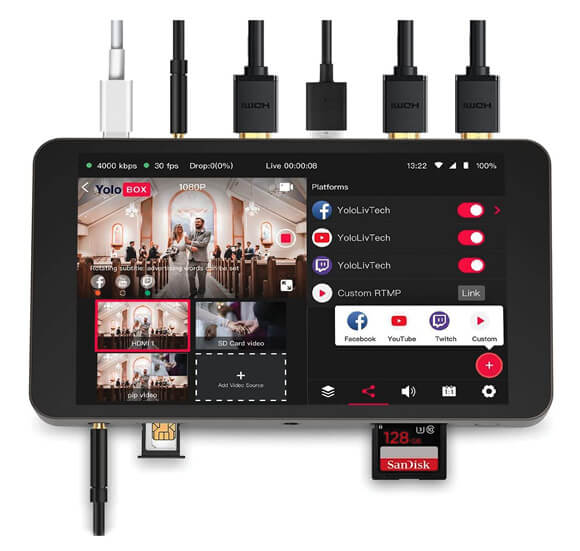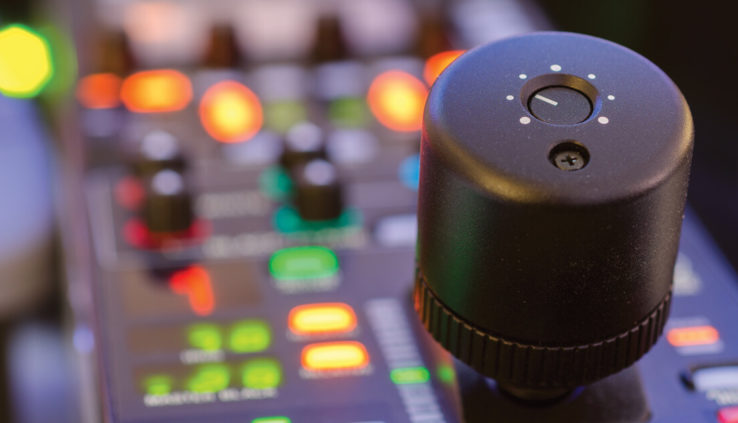Buyers’ Guide: Video Mixers
By Adam Noyes
Streamingmedia.com recently posted an excellent article detailing the best video mixers buyers are looking for, to get started live streaming. Putting together a multi-camera shoot is no simple task. There is a wide variety of switchers and encoders, as well as software encoders and hardware encoders to pick from. This article is a tremendous resource in picking your mixer.
Check out some highlights from this article, below:
Wirecast Gear system from Telestream
These products tend to be affordable or free and are very well-featured as compared to entry-level standalone appliances. This simplifies adding text/graphics and pulling together a “shot” that combines background graphics and multiple sources in a picture-in-picture format. Wirecast (Rendezvous) and vMix (Call) both provide a conferencing function that allows you to record and stream remote interviews at very high quality. Both can also accept input from computers and phones on the same network, adding significant production flexibility.
The flip side of this flexibility is ease of use. While these programs don’t require a computer science degree to operate, you wouldn’t want to hand off operation to a marketing intern or church volunteer without providing several hours of training.
The other issue is audio/video input, which you need to supply, and which can get problematic. If you try to input four cameras via dongles on a MacBook Pro, you’re almost certainly going to run into problems. These software tools can handle complex productions, but if you plan to produce with three or more camera inputs, you’re better off buying a turnkey system like Wirecast Gear or vMix systems available from multiple vendors, which will provide all the necessary inputs and a beefy enough CPU to handle the load.
In general, this category is best for reasonably sophisticated computer users who will set up and run the live event themselves.

The YoloLiv YoloBox is an intuitive all-in-one unit.
Unlike the Feelworld and ATEM units, the YoloBox can encode your outbound stream onboard for streaming via Ethernet, Wi-Fi, or 4G LTE Sim card and can record to an SD card right on the unit, so you don’t need to drag a computer to your remote locations. By default, the live output stream is routed to the YoloLiv platform for delivery to up to three destinations, including YouTube, Facebook Live, Twitter, Twitch, and a custom Real-Time Messaging Protocol (RTMP) location.

The very-easy-to-use Roland VR-4HD mixer ($2,495)
It should be noted, however, that graphic and text capabilities vary significantly between these mixers. Neither Roland unit, for example, can generate text titles. Instead, you have to create titles on your computer and load them onto the system via USB. If your productions are title-intensive, you might consider more advanced Roland units or high-end systems from Datavideo that have text-generation capabilities. Or, choose a different category.
In addition, note that both Roland units output a USB stream that you have to input into a computer to deliver to a livestreaming service; they can’t connect directly to a service. This means that, for many products in this category, you’ll need a computer or other streaming device to produce a live stream.

Learn more about even more great mixers with the full article from streamingmedia.com, HERE.

